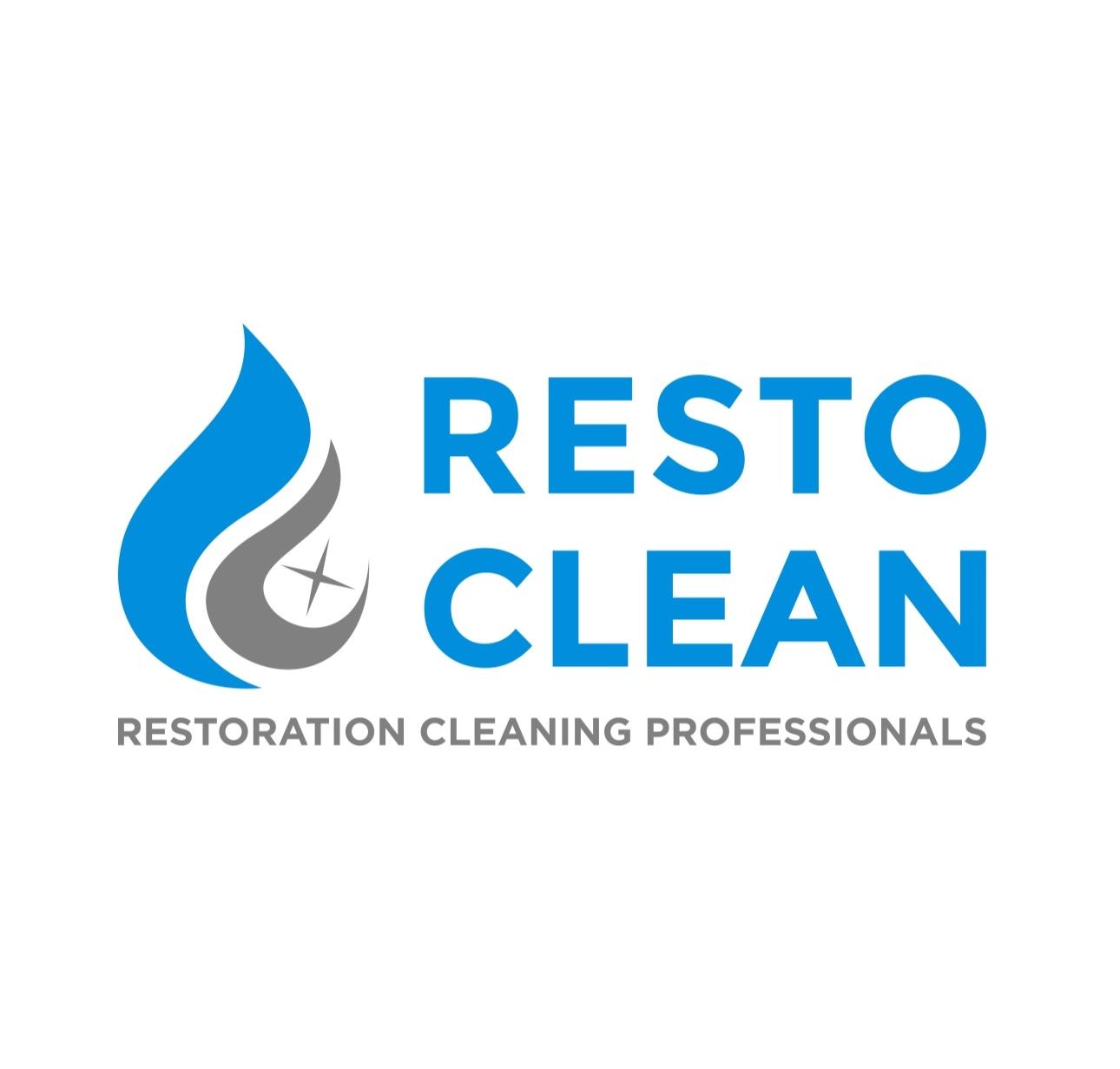Get in touch
555-555-5555
mymail@mailservice.com
Facing the Flames: How to Handle Fire Damage in Your Home
Fire damage is a devastating event that can turn your life upside down in an instant. Whether it's a kitchen mishap, an electrical malfunction, or a wildfire, the aftermath of a fire can be overwhelming. Acting swiftly and methodically is paramount when dealing with fire damage to minimize the destruction and facilitate your recovery. In this blog post, we'll guide you through the crucial steps to handle fire damage in your home as soon as it occurs.
1. Safety First
Above all else, prioritize safety when facing fire damage. Before entering your home, ensure it's structurally sound and free from immediate hazards. Be cautious of potential gas leaks, electrical issues, and weakened structures. If in doubt, wait for the fire department or professionals to assess the situation.
2. Contact Emergency Services
If you haven't already, call 911 or your local emergency number to report the fire and ensure your safety. Firefighters will not only extinguish the fire but also conduct a safety assessment to determine if it's safe to enter your home.
3. Document the Damage
Once the fire is extinguished and authorities deem it safe, document the damage thoroughly. Take photographs or videos of the affected areas, as this documentation will be essential for insurance claims and future reference.
4. Assess Structural Integrity
Inspect your home for structural damage caused by the fire. Look for signs of weakened beams, walls, and ceilings. Ensure the building is secure before attempting any cleanup or repairs. Consult with a structural engineer if necessary.
5. Contact Your Insurance Company
Contact your insurance company as soon as possible to report the fire and initiate the claims process. Provide them with all relevant documentation and information regarding the damage. Your insurance may cover the cost of repairs, temporary housing, and replacement of belongings.
6. Secure Your Property
If your home is deemed safe to enter, take steps to secure it against further damage and potential looting. Cover broken windows, doors, and openings with boards or tarps. Lock or board up entry points as needed.
7. Remove Debris
Begin the cleanup process by removing debris and charred materials. Dispose of items that are beyond salvage and pose safety hazards. Be cautious when handling debris, as there may be sharp or hot objects.
8. Ventilate and Remove Smoke Odor
Ventilate your home to help dissipate smoke odor and improve air quality. Consider using fans, opening windows, and using air purifiers. Consult with professionals for specialized smoke odor removal if necessary.
9. Clean and Restore
Thoroughly clean all surfaces affected by smoke, soot, and fire residue. This may involve using specialized cleaning agents and equipment. Pay attention to walls, ceilings, and flooring, as well as personal items that may have been exposed to smoke.
10. Evaluate Belongings and Restore
Assess your belongings to determine what can be salvaged and what needs replacement. Consult with restoration professionals for cleaning and restoration of valuable items, such as furniture, clothing, and electronics.
11. Plan for Reconstruction
Work with contractors and restoration experts to plan and execute the necessary reconstruction and repairs. Ensure that all fire-damaged areas are restored to their pre-fire condition.
In conclusion, handling fire damage in your home requires a systematic and swift response to minimize further harm and streamline the recovery process. By following these steps and involving professionals as needed, you can effectively manage fire damage and begin the journey toward rebuilding and restoring your home and life. Remember that safety should always be your top priority, and professional assistance is often crucial in addressing fire damage comprehensively.


